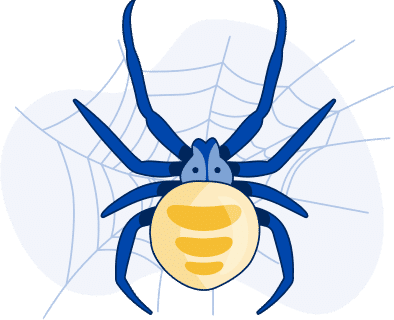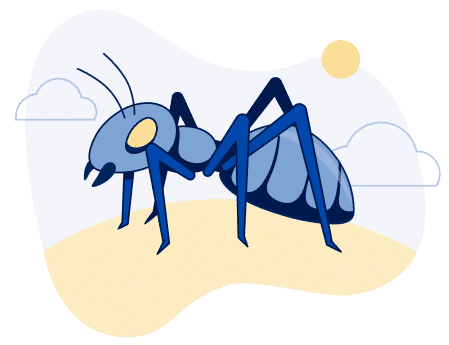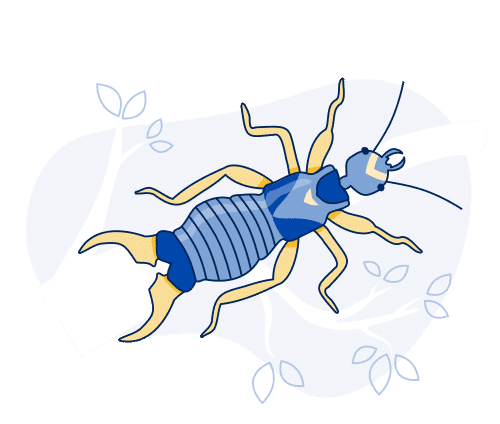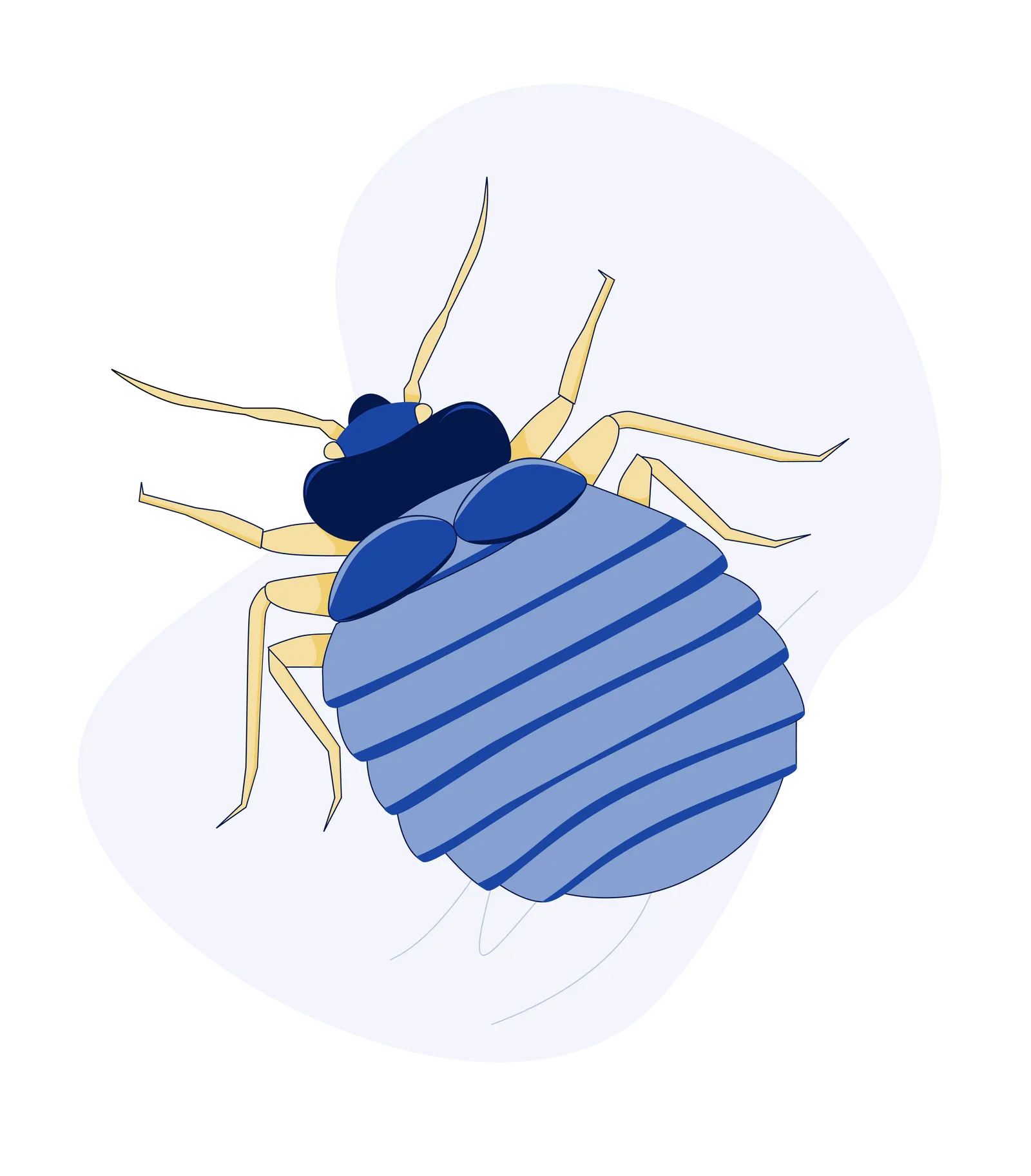Dangerous Spiders in Provo: How to Identify and Prevent Them This Winter
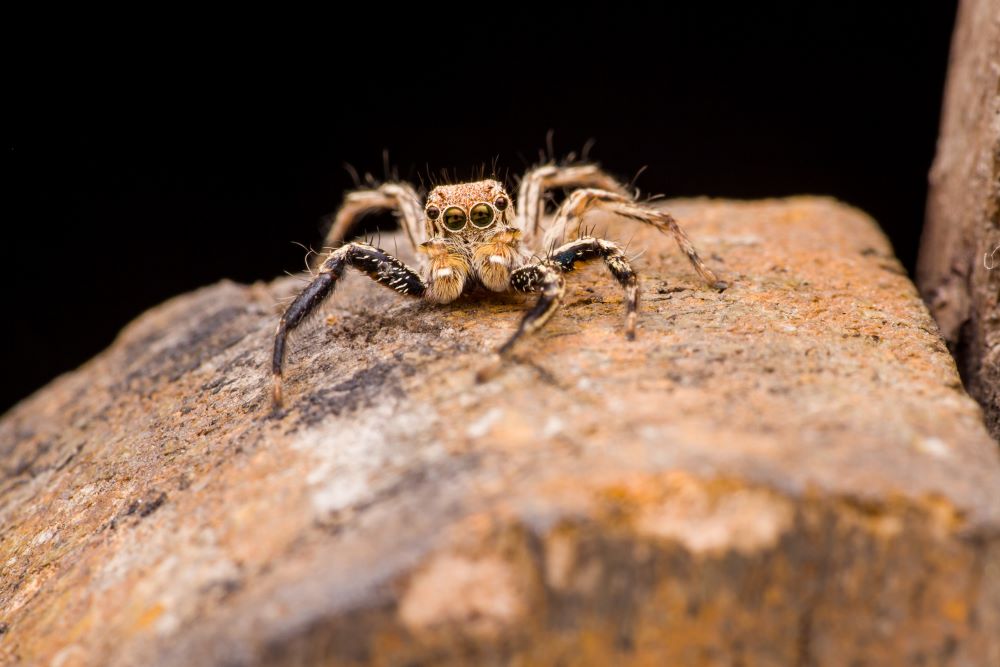
While there’s no definitive “spider season,” winter in Provo, Utah, can influence spider behavior in subtle ways. Despite common misconceptions, spiders do not move indoors to escape the cold. These adaptable creatures have natural antifreeze-like substances in their bodies, enabling them to withstand freezing temperatures. Although some spiders might shelter inside during winter, their frequency doesn’t significantly increase compared to other seasons. When they do seek shelter, they may enter a dormant state called “diapause,” where activity slows and they conserve energy until conditions improve.
Understanding these behaviors helps you recognize potentially dangerous spiders in your home. While most spiders pose no threat and can even help manage other pests, being aware of dangerous species is key to protecting your home and family.
Do Spiders Hibernate During Winter?
Contrary to common belief, most spiders don’t hibernate in the traditional sense. While some species, like tarantulas, may enter a dormancy known as diapause during cold months, many remain active year-round, especially indoors. In Provo, spiders like black widows, brown recluses, and hobo spiders are more likely to seek indoor environments such as basements, attics, or storage areas to escape freezing temperatures.
Understanding where these spiders hide and how they behave during winter can help you prevent spider infestations and unwanted encounters.
Dangerous Spiders Found in Provo This Winter
Hobo Spider
Key Features:
- A glossy, jet-black body that gives it a shiny appearance.
- The signature red or orange hourglass marking on the underside of the female’s abdomen.
- Females, including their legs, measure about 1.5 inches long, and are significantly larger than males.
- Males are smaller, lighter in color, and lack the hourglass marking.
Black widows are among the most venomous spiders in North America, though bites are rarely fatal when treated promptly. These spiders are often found in dark, undisturbed areas such as garages, woodpiles, sheds, and crawl spaces. Their webs are irregular and sticky, making them easy to identify if you come across one.
Brown Recluse Spider
Key Features:
- Tan to light brown body with a violin-shaped marking on the top of its cephalothorax, pointing toward the abdomen.
- Has six eyes arranged in pairs, unlike most spiders with eight eyes.
- Body length is typically less than an inch, though their legs give them a larger appearance.
Commonly referred to as the “fiddleback spider,” the brown recluse delivers venom that can cause necrotic skin lesions. These spiders prefer warm, secluded spaces like closets, cardboard boxes, and attics. They are nocturnal and typically shy but can bite when threatened or trapped against the skin.
Hobo Spider
Key Features:
- Medium to large size, with a body length of up to ¾ inch and a leg span of about 1.5 inches.
- Light to dark brown body with chevron patterns or V-shaped markings on the abdomen.
- Lacks the violin-shaped marking found on the brown recluse.
Hobo spiders are often mistaken for harmless house spiders. Still, they can be identified by their large funnel-shaped webs and subtle body markings. While their venom is less potent than that of black widows or brown recluses, their bites may still cause discomfort and mild swelling. You’re likely to find these spiders in basements, foundations, and other lower-level areas of your home.
Other Dangerous Winter Spiders
In addition to these well-known species, there are other spiders that pose a risk during the colder months in Provo. For example, the Yellow Sac Spider, often found in winter, can bite if disturbed and may cause mild pain or swelling. This spider’s pale yellow or white appearance and its tendency to build sacs in corners or hidden areas make it relatively easy to spot.
Where Dangerous Spiders Are Found in Provo
During winter, these spiders gravitate toward warm, dark, and undisturbed places. Common hiding spots include:
- Basements: Often damp and cluttered, basements provide the perfect environment for spiders to build webs and find prey.
- Garages: Storage boxes, tools, and unused items offer excellent hiding spots for spiders like the black widow and hobo spider.
- Attics: Quiet and rarely visited, attics are ideal for brown recluse spiders seeking shelter.
- Storage Areas: Cardboard boxes, old furniture, and seasonal decorations can become temporary homes for these arachnids.
Why It's Important to Identify Dangerous Spiders
Not all spiders are cause for alarm, but knowing which ones pose a threat is essential for ensuring your safety. Misidentifying harmless spiders can lead to unnecessary panic while ignoring a dangerous species could result in painful bites or medical emergencies.
Recognizing these spiders early also helps prevent infestations. Dangerous species like black widows and brown recluses tend to reproduce quickly and establish webs in hidden areas. Proactive identification allows you to take swift action, reducing the risk to your household.
How to Prevent Dangerous Spiders Indoors
- Declutter Regularly: Remove unused items and clutter from basements, attics, and storage spaces to eliminate potential hiding spots.
- Seal Entry Points: Inspect and seal gaps around doors, windows, and foundations to keep spiders from entering your home.
- Maintain Cleanliness: Regularly vacuum corners, baseboards, and behind furniture to disrupt spider webs and nests.
- Store Items in Plastic Bins: Use sealed plastic containers instead of cardboard boxes, which are more attractive to spiders.
- Keep Outdoor Areas Tidy: Remove woodpiles, debris, and overgrown vegetation near your home’s exterior to discourage spiders from nesting.
When to Call Professional Pest Control
For persistent spider issues or if you suspect an infestation of dangerous species, contacting a professional spider exterminator in Provo, Utah is crucial. Experts can accurately identify spiders, apply safe treatments, and provide long-term solutions to keep your home spider-free.
By understanding how to identify and manage these spiders, you can enjoy a safer, pest-free winter in Provo. For any concerns or professional assistance, don’t hesitate to reach out to trusted local pest control providers.

